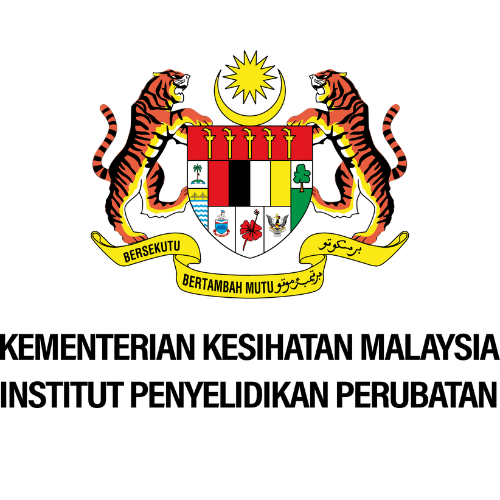Physalis angulata
Family
Solanaceae
Synonyms
None
Vernacular Names
| Malaysia |
Leletup, chipluan, ubat pekong. |
| English |
Gooseberry, hogweed, balloon cherry. |
| Indonesia | Ceplukan (Javanese), cicendet an (Sundanese), daun kopo-kopi (Moluccas). |
| Papua New Guinea |
Kaipos (Navuapaka, Central Province), oviovi (Oroi, Central Province), watosivo (Garara, Oro Province). |
| Philippines | Putok putokan, tino tino, toltolaya. |
| Thailand | Baa tom tok (northern), thong theng (central), pung ping (peninsular). |
| Vietnam |
T[aaf]m b[os]p, lu lu c[as]i. |
Geographical Distributions
This plant is native to tropical America, but is now pantropically distributed as a weed, including in Malesia.
Description
This is an annual herb that can reach between 10-100 cm tall, hairless or with a few short appressed hairs. The stems are sharply angled, hollow with lower branches sometimes prostrate and rooting at the nodes.
The leaves are ovate to lance-shaped, sometimes linear, size 4-15 cm x 2.5-10 cm. The margins are irregularly toothed or entire with short hairs supported by the 2-11 cm long stalk.
The flowers are solitary, flowering sepal is 3-5 mm long, fruiting sepal is 2-4 cm long, greenish-yellow with purple ribs. The petal is 5-10 mm long, up to 1 cm in diametre. It is pale yellow, with or without dark spots and a triangular spot of dense short hairs is present at the throat. The anthers are entirely pale blue.
The berry is yellow, 10-16 mm in diametre.
Ecology / Cultivation
P. angulata occurs in sunny to somewhat shaded, not too dry fertile spots in fields, gardens, wastelands, fallow fields, along roads, in open forests and forest margins; up to 1500 m altitude.
Propagation Methods
The plant is normally propagated by seeds obtained from fully matured fruits. The seeds are quite small and thus needs to be sowed into the nursery beds. The germinated seedlings are then selected for field planting. The stem cuttings can also be used to propagate the plant.
Traditional usage
The whole plants are normally used to treat headache, hypertension, intestinal pains and diabetes. The leaves on the other hand are used to treat ulcer and dermatitis. The fruits are used to treat gingivitis.
Line Drawing / Photograph
References
- Plant Resources of South-East Asia No 12(2): Medicinal and poisonous plants 2.
-
Agrios G. N. (2005): Plant Pathology (Fifth Edition), Florida : Department of Plant Pathology, University of Florida.
-
Burkil I. H. (2002): A Dictionary of the Economic Products of the Malay Peninsula. Kuala Lumpur: Ministry of Agriculture Malaysia
-
Mat-Salleh K. and Latiff A. (2002): Tumbuhan Ubatan Malaysia. Kuala Lumpur : Universiti Kebangsaan Malaysia
-
Pessarakli M. (2001): Handbook of Plant and Crop Physiology (Second Edition Revised and Expanded). Arizona: The University of Arizona Tucson
-
Prajapati N. D., Purohit S. S., Sharma A. K., and Kumar T. (2003). A Handbook of Medicinal Plants – A Complete Source Book. Jodhpur : Agrobios (India)





